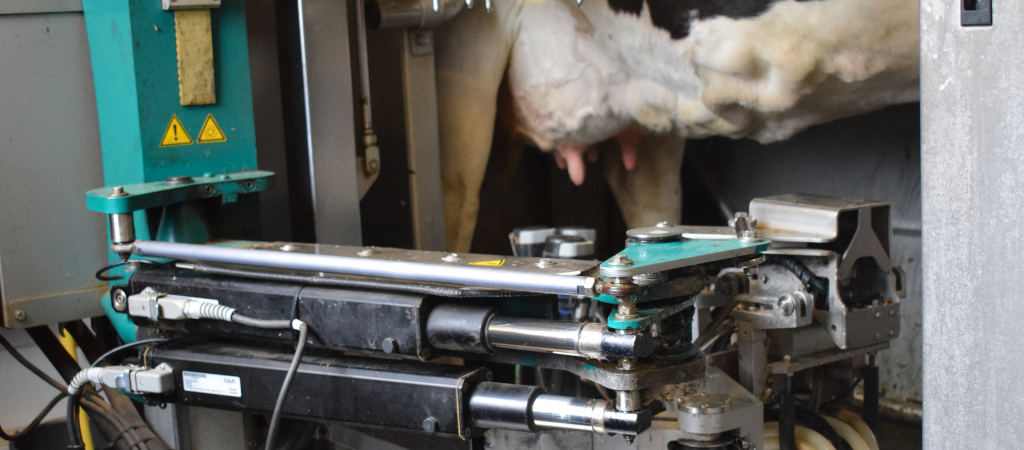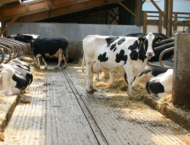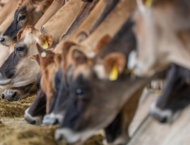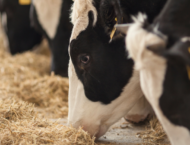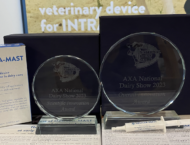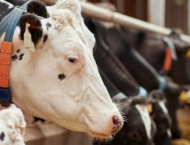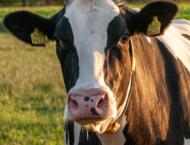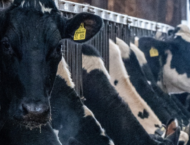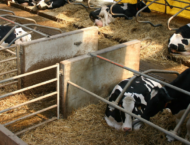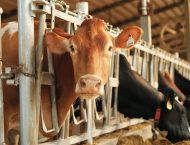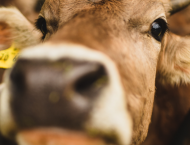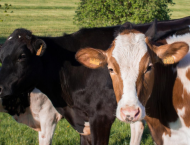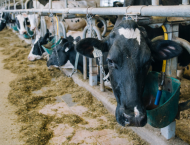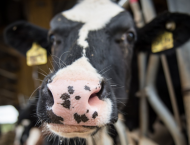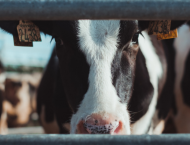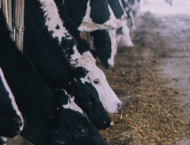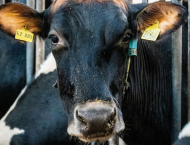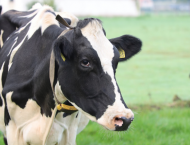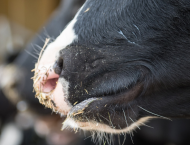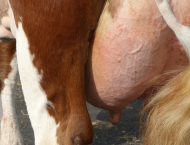In the decision-making process for the treatment of mastitis, accurate diagnosis plays a vital role, particularly for prudent use of antimicrobials.
Today, many dairy farms are introducing automatic milking systems, where mastitis detection occurs differently than on those farms with conventional milking systems.
This difference lies in the availability of sensors, such as those measuring electrical conductivity (EC)1. However, despite the speed with which automatic systems provide information, much depends on how dairy farmers decide to treat the animal.
Automatic milking systems help standardize the milking routine and improve animal welfare. Most importantly, they allow the dairy farmer to check the health status of individual cows and the presence of any chemical-physical alterations in the milk.
Among automatic milking systems, milking robots are becoming increasingly popular. These systems can be equipped with sensors monitoring, at udder or quarter level, parameters such as: milk production, milking times, temperature and color of the milk, and for specific indicators such as somatic cell counts (SCCs), lactose, lactate dehydrogenase (LDH) activity to help early detect the onset of inflammatory conditions.
Sensors detect, process and provide information to operators generally as alerts. This helps with the decision-making process, but not without difficulties: in fact, the alert arrives early, and in this situation using an antibiotic for udder issues would be completely useless and risky.
Thus, in order to have a reduction of the use of antimicrobials related to mastitis treatment, data provided by automatic milking systems should be read and used properly, being aware of the alternative tools and strategies for udder issue management.
In case antibiotics are necessary, we have to seek for veterinary advice.
In the past months, we discussed how EC is the most studied, simplest and lowest-cost indicator for mastitis detection1. Its usefulness in early detection of udder issues made OZOLEA create a specific protocol (M7 – Udder, lactation: electrical conductivity change) for the application of OZOLEA-MAST, a suitable tool for the reduction of antibiotic usage on dairy farms.
When the EC sensor signals that the range of normal EC values has been exceeded, the dairy farmer can decide for a prompt intervention to anticipate any worsening of the ongoing tissue disorder.
With the milking robot, the result of OZOLEA-MAST is optimal as the detection of electrical conductivity allows to accurately and widely detect the presence of a mammary secretory disorder. The application of OZOLEA-MAST in the earliest stages allows a timely autonomous regeneration of the tissue, with consequent better defenses against aggression and better competence in the autonomous management of udder issues.
The cycle of applications remains the same: twice a day, after milking, preferably morning and evening, for four days. We can follow the results of the applications thanks to the information given by the automatic system.
1 Milking robots, acting on udder issues more promptly with electrical conductivity measurement

